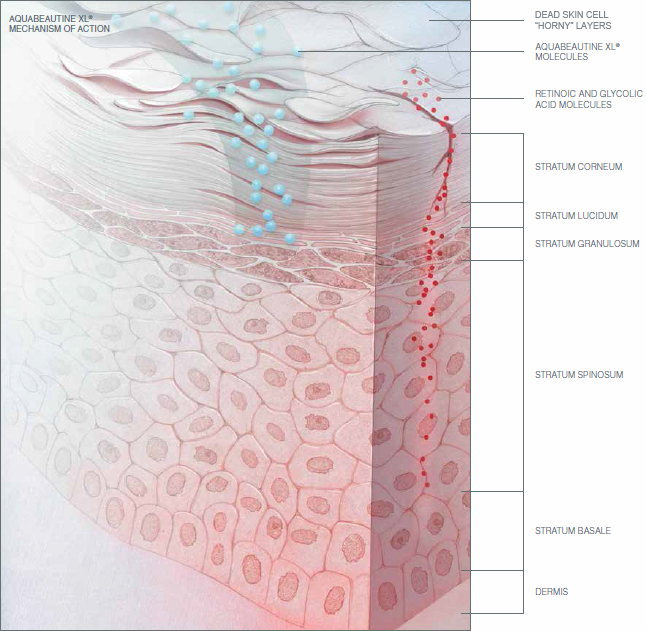- About
- Cosmetic
- Conditions
- Injectables
- Lasers
- Skin Rejuvenation
- Signature Treatments
- Medical
- Gallery
- SHOP
- Contact us
- Book Now
Dr. Margo Weishar | Cosmetic Treatments–Medical Dermatology | August 7th, 2017
Founder/CEO, Patti Pao, discovered the power of the Aquabeautine XL® hatching enzyme while on a tour of a salmon hatchery in Western Norway. She noticed that the workers’ hands, which were submerged in the hatching water all day, looked as if they were in their 20’s, while their faces looked much older than their actual age. Baby salmon release this enzyme in order to get out of their egg shell. Unlike a chicken, who can peck its way out of its eggshell, a baby salmon needs assistance. This is because the salmon egg membrane is very tough and rubbery. When they are ready to be born, they release the hatching enzyme. The hatching enzyme carves a hole in the eggshell creating an opening that the baby salmon swim out of unharmed.
The hatching enzyme is too large to penetrate beyond the second layer of skin (see big blue dots below). The enzyme is designed by nature to digest only the dead skin cells because if it harmed living cells, it would damage the baby salmon. This is why when applied to human skin, the hatching enzyme sits at the “horny” layer of skin where it continuously digests the dead skin cells leaving the living cells untouched. In contrast, retinols and glycolic acids (see small red dots below) are small molecules which work by chemically burning through layers of living and dead skin cells. This results in thinning the skin making it sensitive to UV light and results in the appearance of red and flaky skin.
*The above article is shared directly from the product line website. You can find the original post here.
